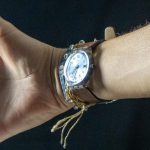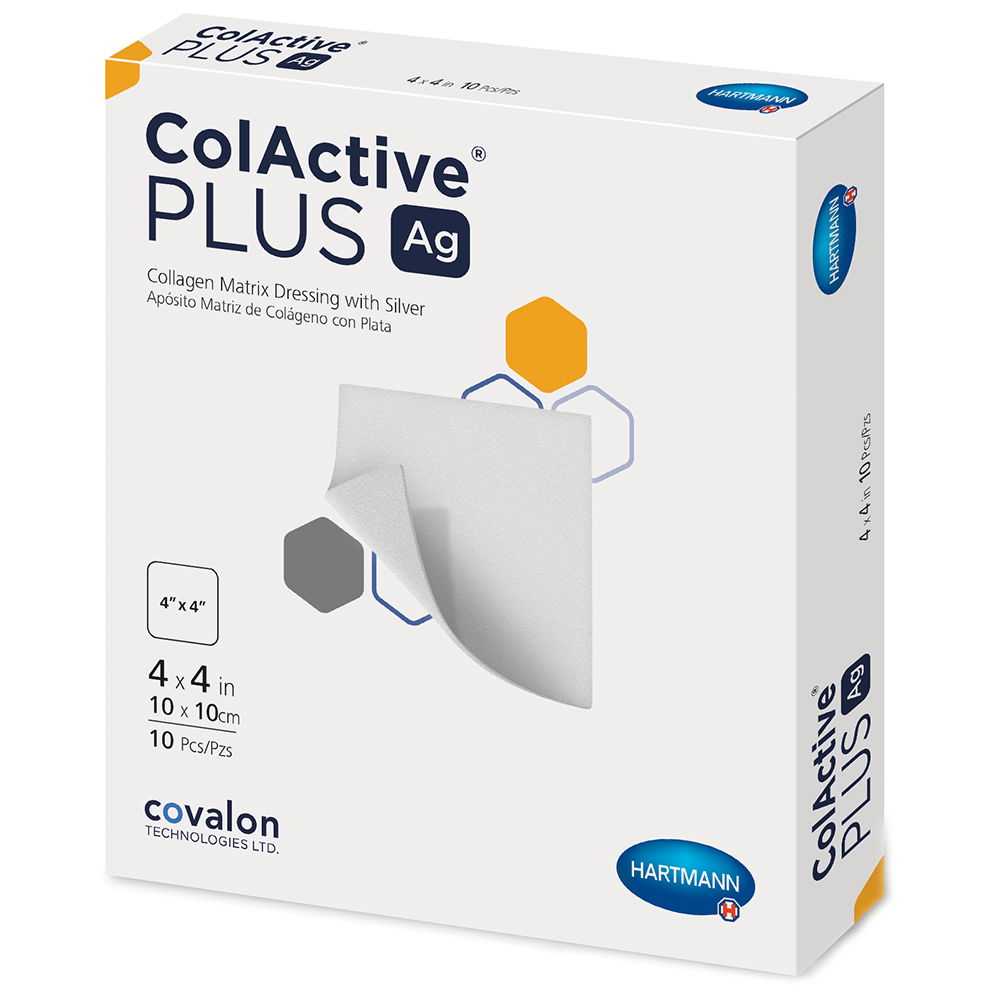
ColActive Plus Ag Collagen Dressing
An advanced wound care dressing, ColActive® Plus Ag is formulated with a patented blend collagen, sodium alginate, carboxymethyl cellulose (CMC), ethylenediaminetetraacetic acid (EDTA) and silver

When skin becomes severely damaged from burns, injuries, or surgery, sometimes it can’t heal on its own. In these cases, doctors often recommend a skin graft procedure. The following guide will help you understand what skin grafts are and what to expect in terms of recovery time and optimal healing.
A skin graft is a surgical procedure where healthy skin is taken from one part of the body and transplanted to a damaged area. This procedure helps the damaged area regain its function and appearance once healed.
Skin grafts treat several conditions like severe burns, large wounds, skin cancer removal sites, diabetic ulcers, and more. The procedure can help reduce pain and improve movement in the damaged areas over time.
Split-thickness skin grafts involve the top layer of skin and part of the second layer. Full-thickness grafts include all layers of skin and work best for smaller areas where appearance matters more.
After your surgery, medical staff will bandage both the donor and recipient sites. You’ll experience some pain and discomfort, but your doctor should prescribe medication and a treatment plan to help manage these symptoms. At first, nurses will change your dressings, but they’ll eventually teach you how to handle this at home.
Your healthcare team will provide detailed instructions on how to care for both sites. This will cover everything from keeping the areas clean to changing bandages properly and knowing when common issues arise.
You may need antibiotics to prevent infection, and you’ll need to limit certain activities to protect the graft. Follow-up appointments play a role in recovery, as they monitor your progress and address concerns.
Healing time is based on several factors, including the size and location of the graft, the type of graft used, your overall health, and how carefully you follow recovery instructions.
Most donor sites heal within 2-3 weeks, but plenty of factors can affect the timeframe. This involves factors like the size and location of the graft, as well as the type of graft used. On top of that, your overall health and how carefully you follow recovery instructions will play a crucial role in healing time.
Note that recipient sites usually take longer to heal, depending on the type of graft. Split-thickness grafts typically need 3-4 weeks, while full-thickness grafts require 4-6 weeks for initial healing.
Remember that complete healing and skin maturation can take several months to a year.
There are three important phases when it comes to skin graft healing:
This occurs during the first two days. During this time, the grafted skin absorbs nutrients from the wound bed. A thin protective layer forms over the graft, and the tissue appears pale or bluish. This stage is essential for graft survival.
During days 2-3, the second stage begins, and blood vessels from the wound bed connect with the graft. The grafted skin begins developing its blood supply, and you may notice the color changing from pale to pink. Minimal movement during this time helps these important connections form properly.
The final stage happens during days 3-7. New blood vessels form and strengthen, making the graft more stable. The color becomes pink, and healing accelerates as the new blood supply nourishes the grafted tissue.
By the one-week mark, a healthy skin graft should show several positive signs. The graft should appear pink or slightly red, indicating good blood flow – as outlined in the final of the three skin graft healing stages above. The graft should attach firmly to the wound bed with minimal drainage. Some swelling is normal during this time.
It’s important to remember that certain signs require prompt medical attention during this time (and the stages leading up to this). Contact your healthcare provider if you notice dark or black areas around the site. Also, look for unusual odors, excessive drainage, or increased pain. These items often need swift action so they don’t become more significant issues if left untreated.
Proper care of your skin graft can affect your healing success. Consider the following tips and your doctor’s specific recommendations to put yourself on the healing path.
Keep your graft site clean using only products approved by your healthcare team. Most doctors recommend gentle cleansing with mild soap and water. Never scrub the area – this can damage new tissue.
Your doctor will suggest specific wound dressings based on your graft. Common options include moisture-managing foam dressings, conforming hydrofiber bandages, and antimicrobial gauze. Some grafts may need specialized collagen dressings to support new skin growth.
Watch your graft site daily for optimal moisture, temperature, and expected color changes. Call your doctor if you notice the signs listed earlier: unusual odors, increasing redness, excess warmth, unexpected drainage, or signs of infection.

An advanced wound care dressing, ColActive® Plus Ag is formulated with a patented blend collagen, sodium alginate, carboxymethyl cellulose (CMC), ethylenediaminetetraacetic acid (EDTA) and silver
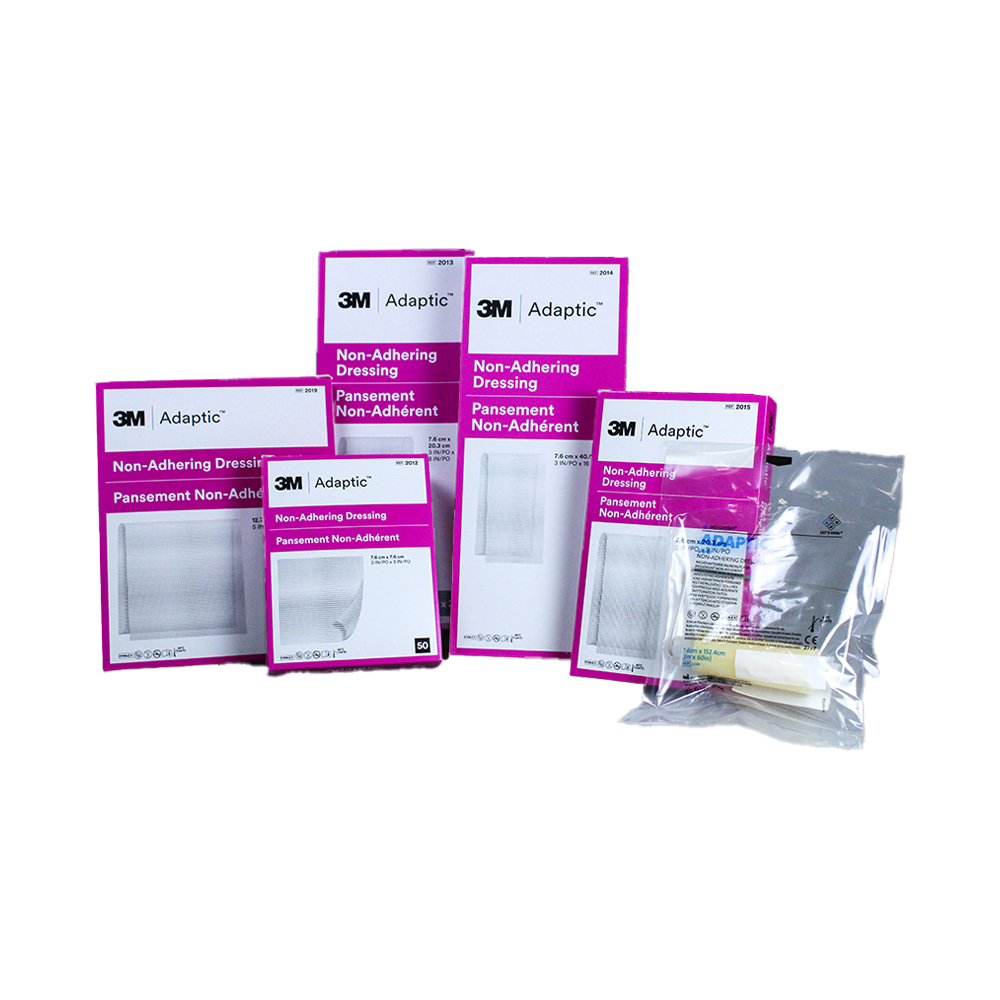
ADAPTIC™ helps take the pain out of dressing changes. This ADAPTIC gauze is designed to protect without sticking to the wound bed. Choose ADAPTIC non-adhering
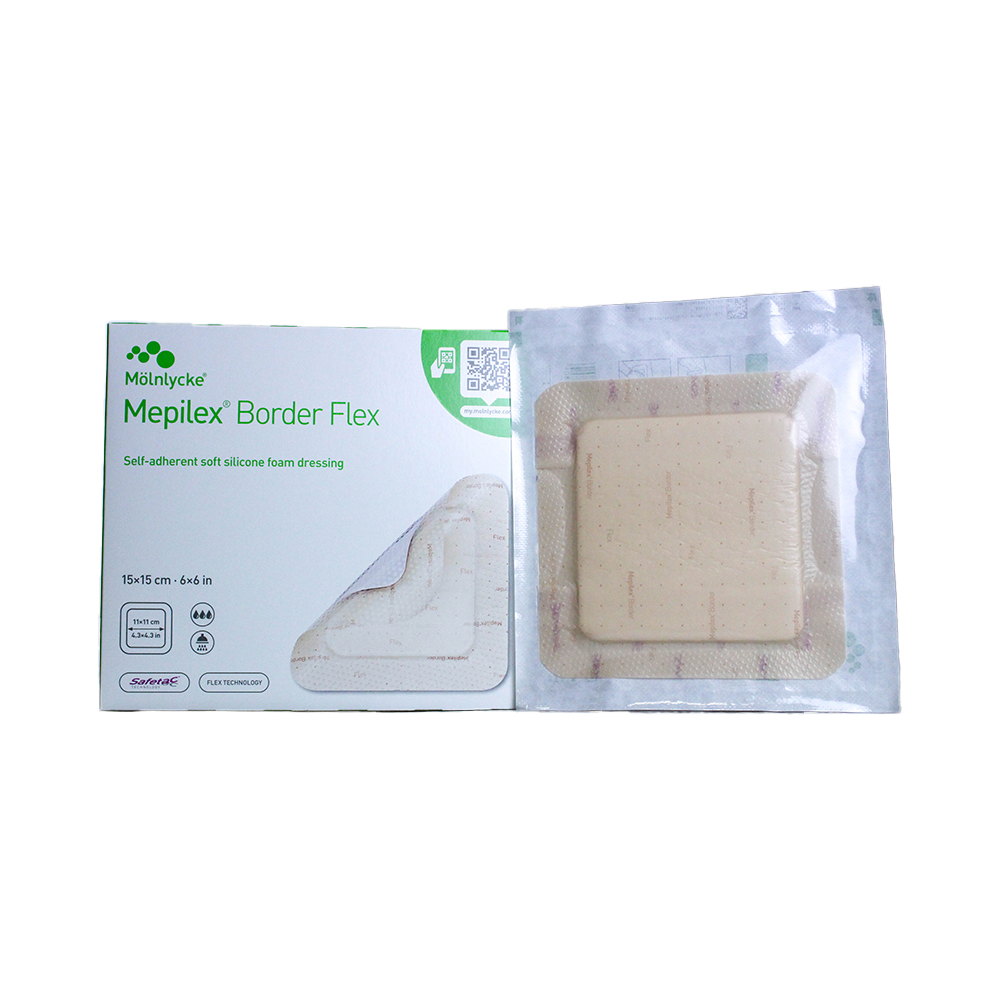
Featuring a highly absorbent five-layer design and Safetac® technology, Mepilex® Border Flex Foam Dressings are designed to assist with managing moderate- to high-exudate chronic and
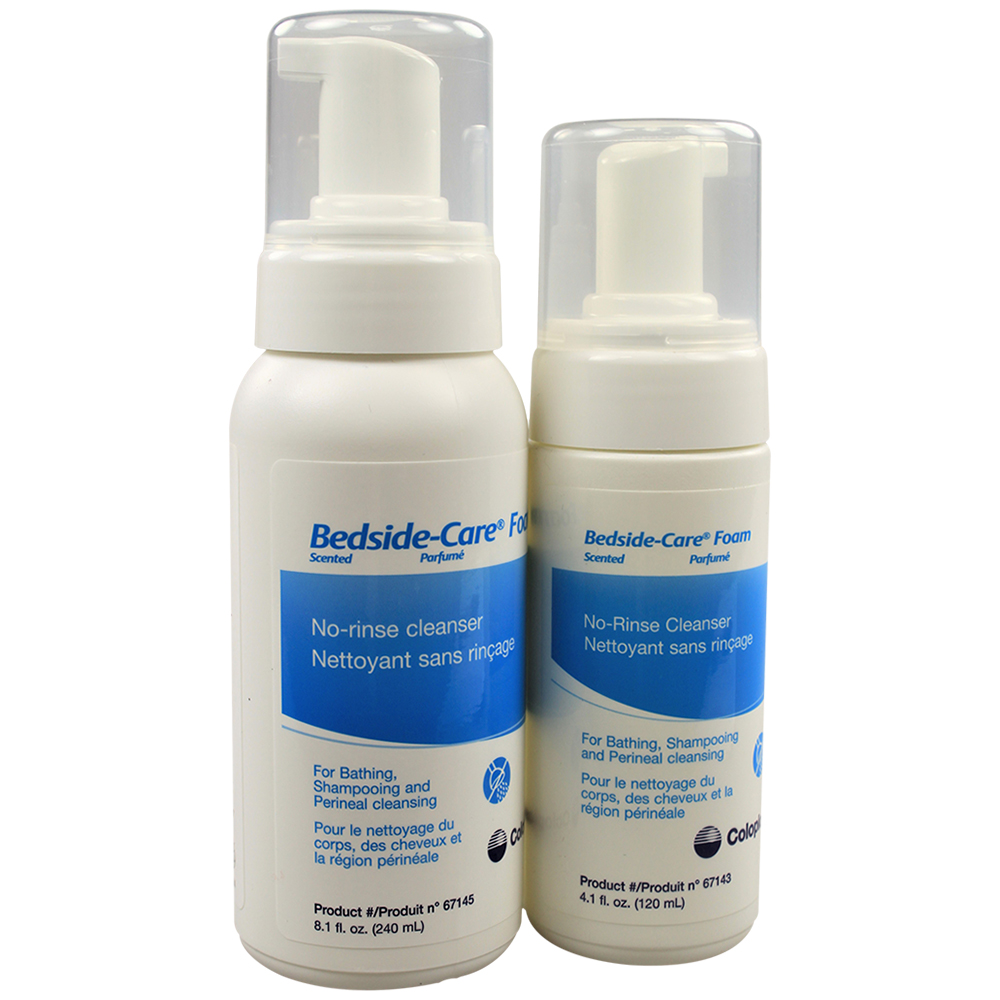
Bedside-Care® is a no-rinse, all-in-one foaming solution that can be used as a body wash, shampoo and incontinence cleanser. Easy to administer and apply, this
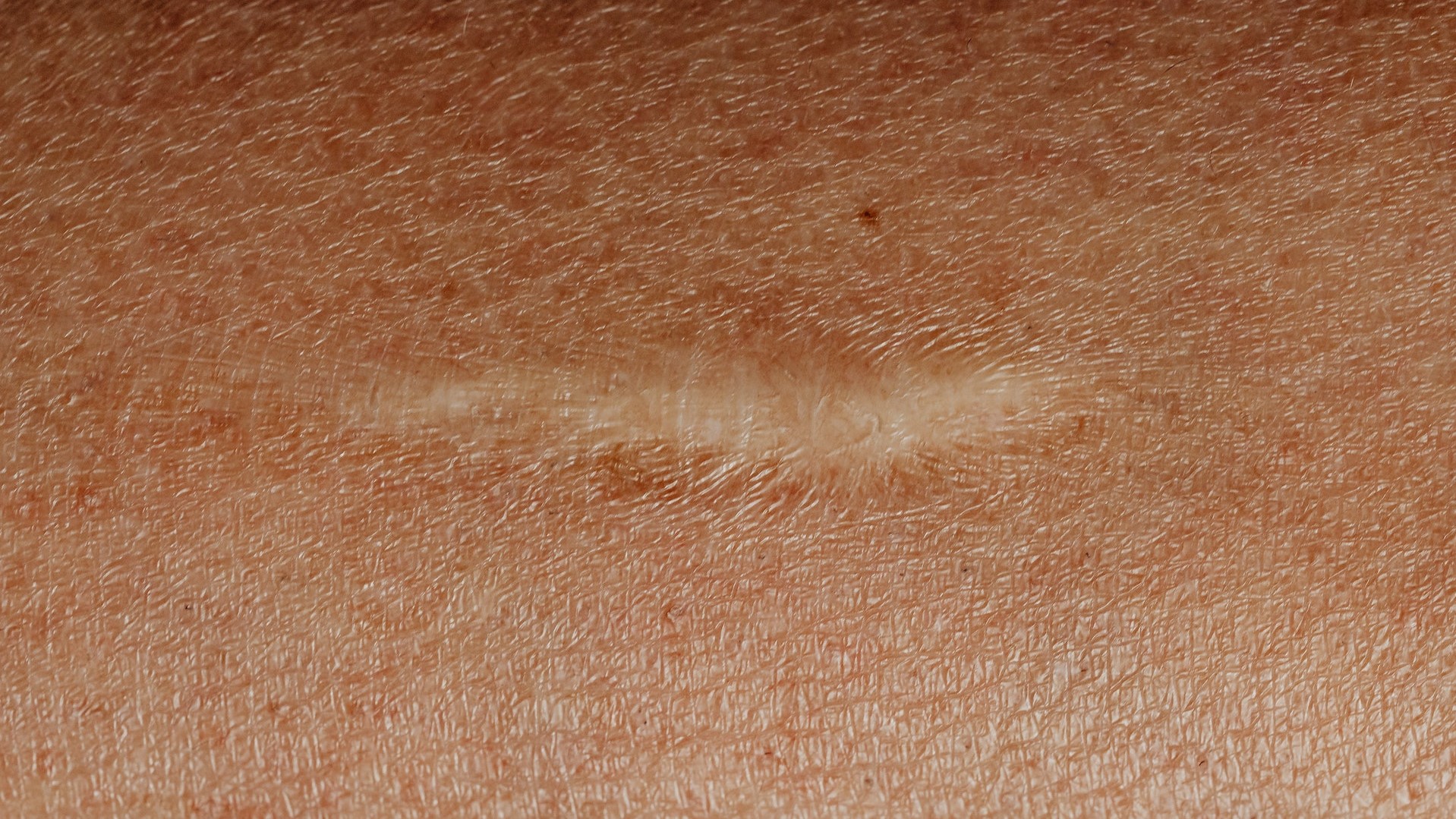
If you have recently undergone surgery, you may be concerned about scars. As your body

When a wound occurs – be it a cut, abrasion, laceration or burn – it
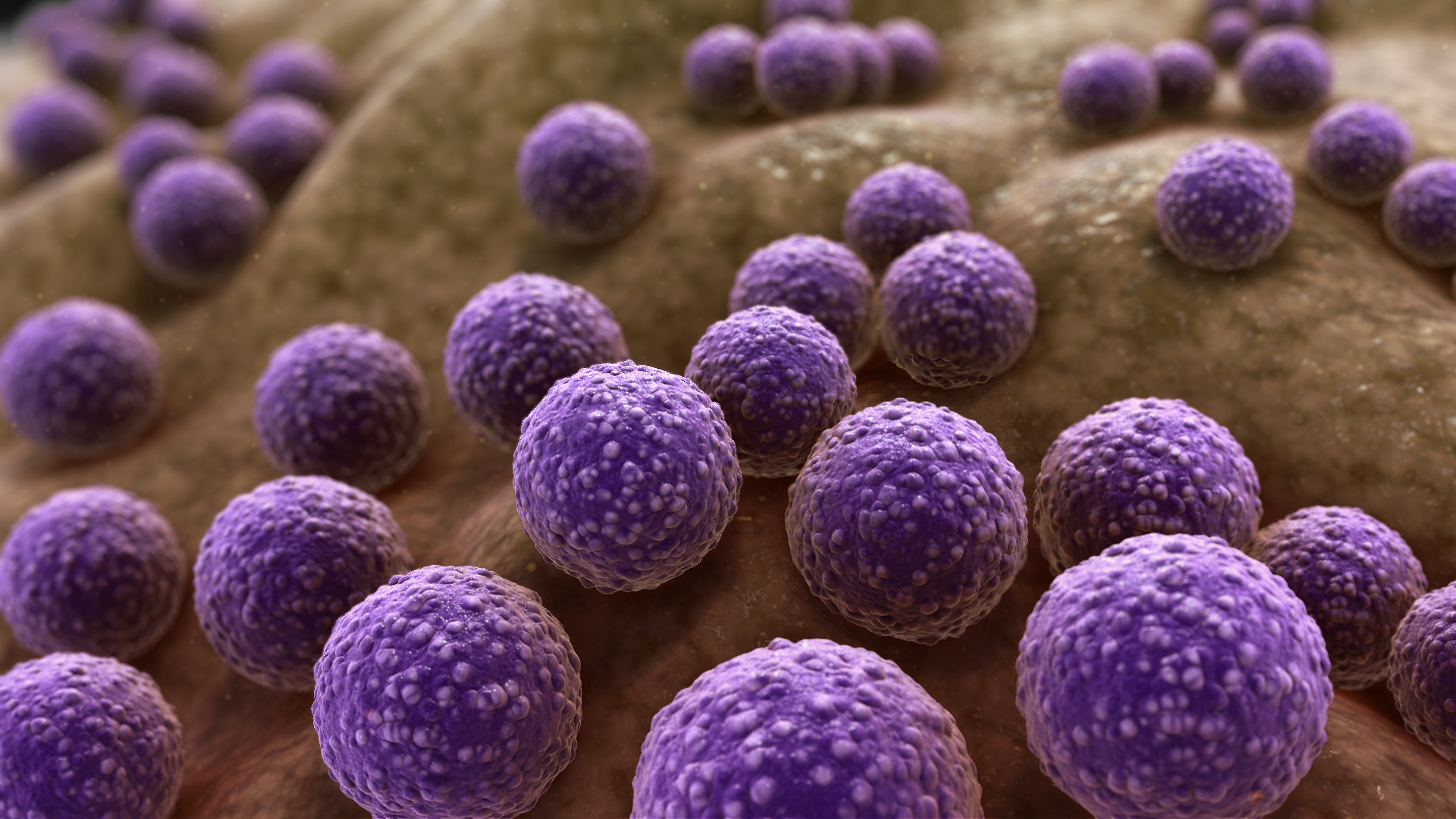
What is Hibiclens? Hibiclens is an antiseptic, antimicrobial and bactericidal skin cleanser designed to protect
